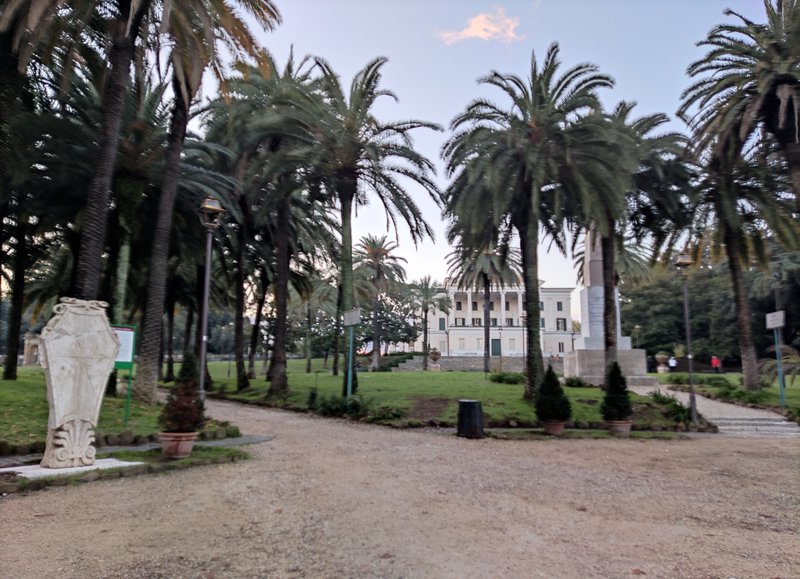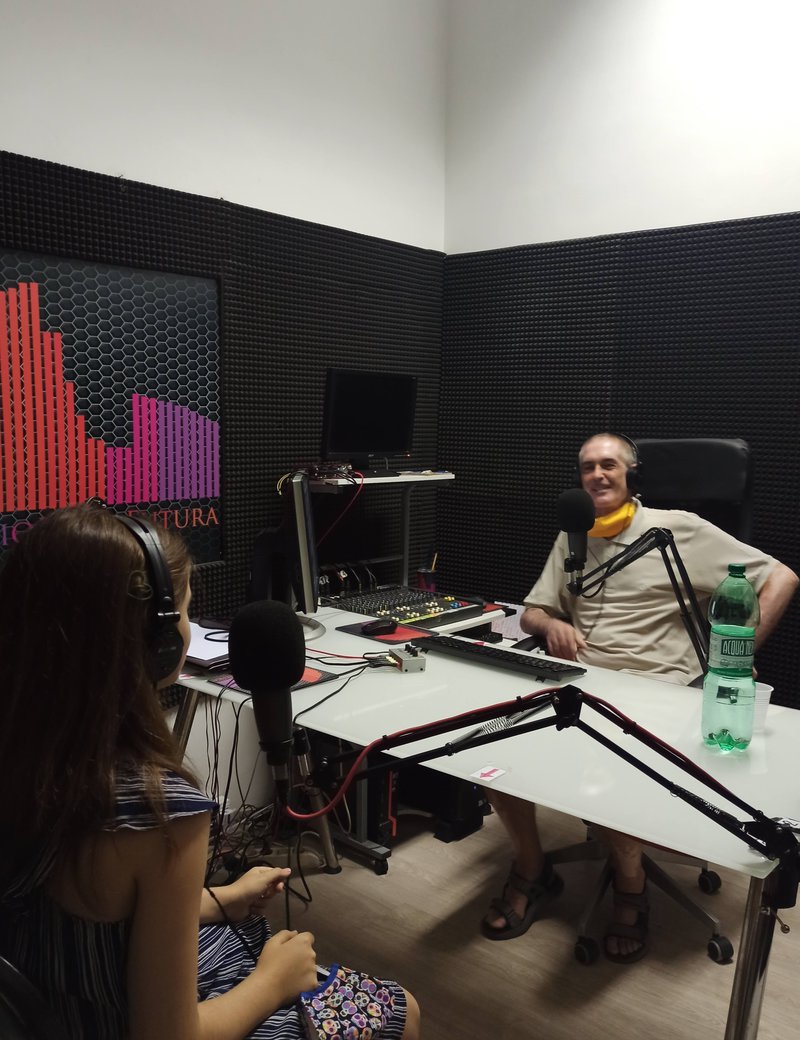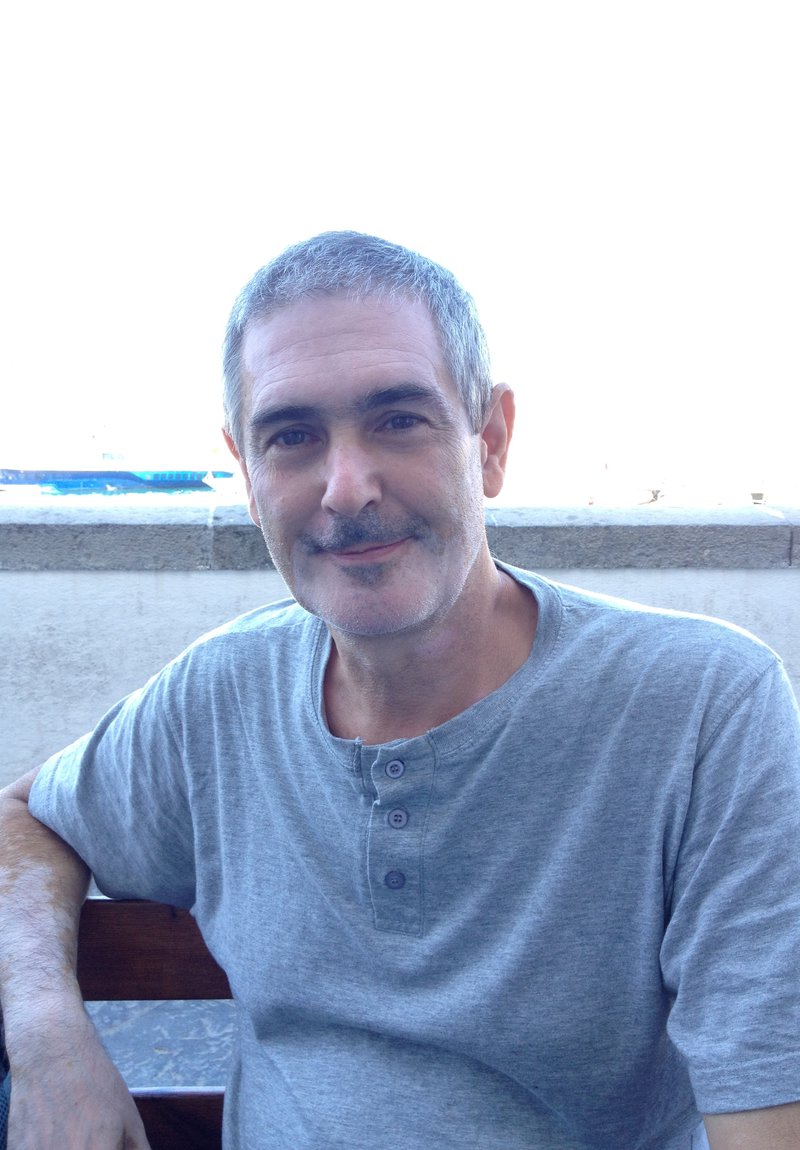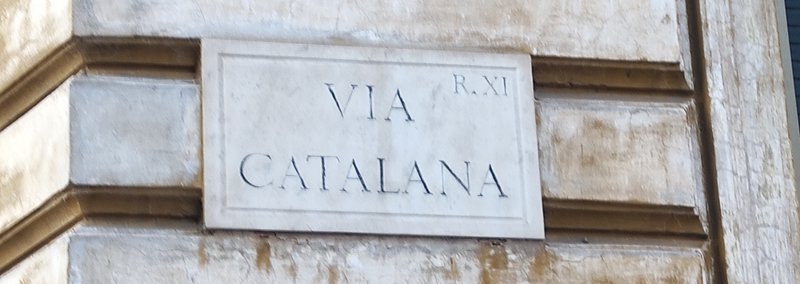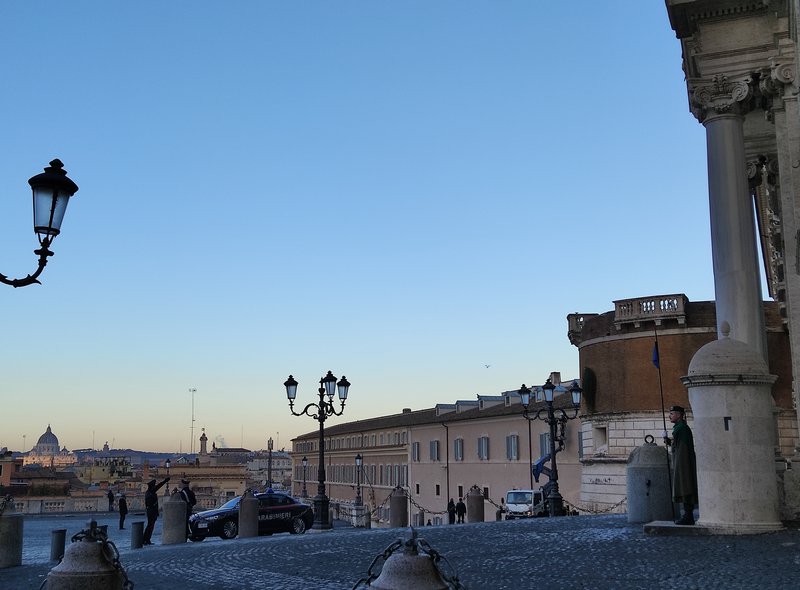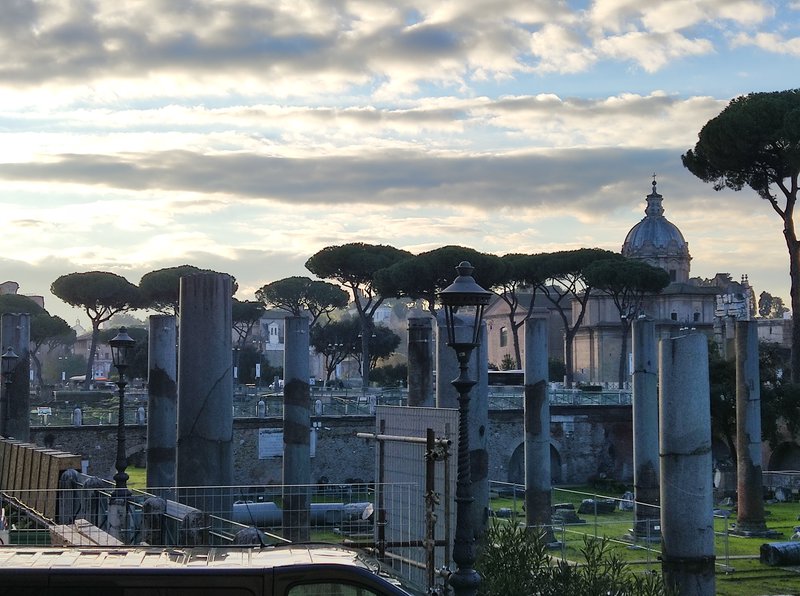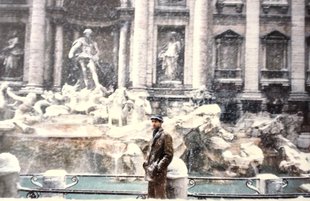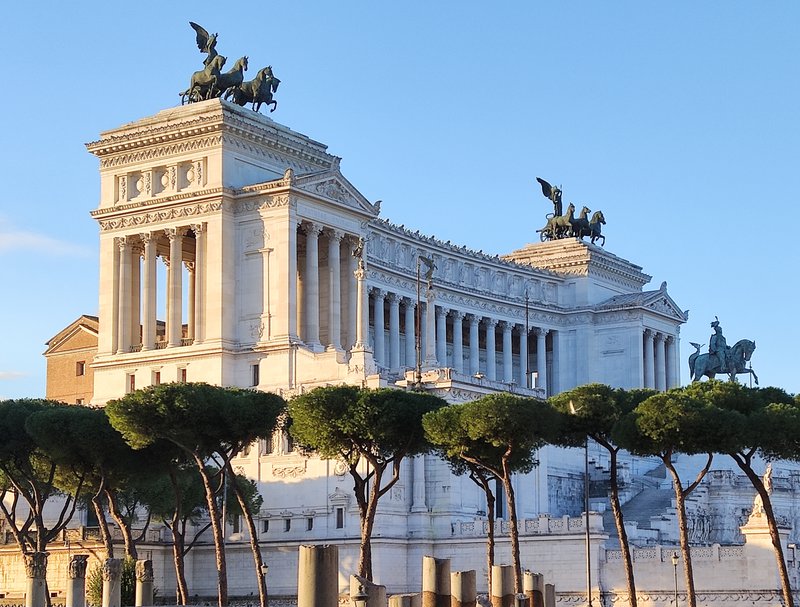Catalans Abroad
Rafel Hidalgo. marcela topor. mtopor@cataloniatoday.cat
Living alongside history
Ràdio Catalunya Itàlia aims to bring the Catalan and Italian cultures closer together Living in permanent contact with history can be a great stimulus
Why did you leave Catalonia?
I left Barcelona 37 years ago because I got tired of the rarefied linguistic atmosphere in Barcelona. Back then I was working in the Hogar del Libro bookshop on Carrer Bergara, and the switching from Catalan to Spanish, or dealing with the different forms of address bothered me. I was almost 30, and I was doing Italian studies, and came from a family with few economic resources, I realised the only way for me was to live abroad.
Are you happy with the job opportunities you found in your adoptive country?
I started in an exchange programme in a high school in Rome. The opportunities I’ve been offered all these years have allowed me to have a decent life and meet a lot of people. Now I’ve been retired for a year.
You are a member of the Catalan Casal in Rome. What activities do you do?
Yes, I’m a member of the association’s board. Before the pandemic, we started a film club and a reading club, we organise group meals, talks about the situation in Catalonia, Catalan courses, social gatherings...
Tell us about the radio programme you host.
Ràdio Catalunya Itàlia aims to bring the Catalan and Italian cultures closer together, while keeping Catalan traditions alive among the many Catalans who live here. I started practically alone but soon other colleagues from Italy and Catalonia joined, and now we do a programme every week; we’ve done 180 episodes so far. The programme aims to let people know about the different aspects of the culture of the Catalan Countries. We also work with associations in Alghero [Sardinia], where Catalan is spoken.
What do you think is the best thing about living there?
One of the things that most surprised me when I got here was seeing so many young people visiting historic sights I had only seen in books. Living in permanent contact with history can be a great stimulus.
What do you miss most from home?
When I go back to Barcelona I enjoy a good arròs [traditional rice dish]. Lately I’ve begun to miss contact with my roots a little, the possibility of buying books in Catalan, living closer to my brothers, and so on.
What do you take with you as a present from your new home when you go back to your own country?
It depends on the occasion, but typical products like Parmesan cheese, capers, panettone, pandoro,...
What is the best experience you have had in your adoptive country?
Discovering the Italian language and making it my own in everyday life. The language I learnt at university was useful for reading but not for ordering something in a café. Getting to speak and write regularly in Italian has been a great experience and I’m very happy with it. The discovery of the myriad pasta dishes has also been a very good experience. And the natural friendliness that Italians have for the other Mediterranean peoples.
Do you plan to go back to Catalonia?
Not for now, but definitely later. When my partner retires, we’ll see if it’s possible.
CATALANS ABROAD rome (italy)
SOME SUGGESTIONS:
Where are the best places for visitors to stay?
Rome is obviously a city with a lot of tourism, and therefore with a very large range of accommodation available. It must also be said that the public transport network is not very good, with few metro stations, very full buses, and lots of traffic jams. In short, depending on what you want to do or where you want to go, you may want to look for accommodation not far away, otherwise you’ll spend a lot of time travelling.
What do you consider the highlights of any brief visit for the first time?
First of all, you have to “walk”, to closely observe life on the streets, the entrances of homes, the courtyards, the friezes, and the green areas and many parks. I think the essential areas are the “Via dei Fori Imperiali” from Piazza Venezia to the Colosseum, the Trevi Fountain, Piazza Navona, the Pantheon and, of course, the great basilicas of Santa Maria Maggiore, Saint John Lateran, Saint Peter’s at the Vatican.
And if visitors have more time or make a return visit?
Go to the Via Appia, the Gianicolo and Monte Mario, the Pincio, from where there are good views of Rome from above. Plaza de España, Plaza del Popolo, some of the catacombs. And out of town but not too far away, Ostia with its ruins, and Tivoli.
Can you recommend a place to have lunch with friends?
A good place to try traditional Roman cuisine is the Antica Birreia Peroni (www.anticabirreriaperoni.net), a place you need to get yo early as there is usually a queue to get in, they offer good food at a good price (Venice Square area). A similar venue in my area is Hostaria Menenio Agrippa (www.hostariamenenioagrippa.it). Here you can book in advance and get good local food in an hospitable atmosphere.
And for a special dinner for two?
A dinner in the park of the Villa Torlonia on Via Nomentana (www.limonaiaroma.it), 15 minutes away from Termini station.
When is the best time of year to plan a visit?
The best season is the beginning of spring. There are fewer tourists and it’s not so hot.
What is the best kept secret about the area?
I don’t know about secrets. The Vatican has many, I hear, but I don’t know them...
Leave a comment
Sign in.
Sign in if you are already a verified reader.
I want to become verified reader.
To leave comments on the website you must be a verified reader.
Note: To leave comments on the website you must be a verified reader and accept the conditions of use.

